Home>Gardening & Outdoor>Landscaping Ideas>How To Get Rid Of Grass In A Pond
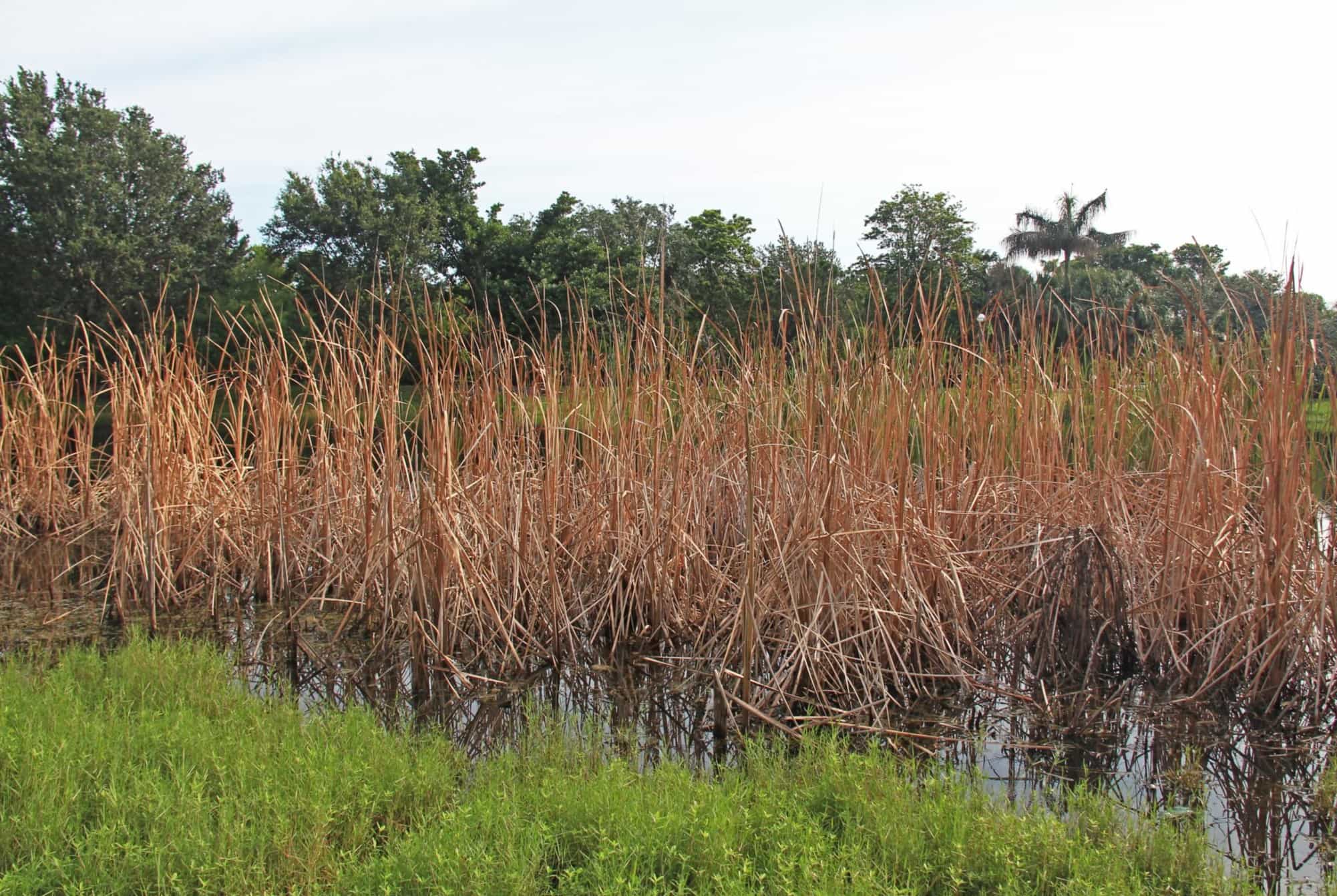

Landscaping Ideas
How To Get Rid Of Grass In A Pond
Modified: February 18, 2024
Learn effective landscaping ideas to remove grass from your pond and enhance its beauty. Discover expert tips for a pristine pond with our comprehensive guide.
(Many of the links in this article redirect to a specific reviewed product. Your purchase of these products through affiliate links helps to generate commission for Storables.com, at no extra cost. Learn more)
Introduction
Welcome to the serene world of pond landscaping, where the beauty of nature unfolds in mesmerizing ways. Ponds are a captivating feature in any landscape, offering a tranquil oasis for both humans and wildlife. However, maintaining the pristine condition of a pond involves various challenges, one of which is the persistent intrusion of grass and other unwanted vegetation. While a lush green lawn is a sight to behold in the garden, when it encroaches upon the peaceful waters of a pond, it can disrupt the delicate ecosystem and detract from the overall aesthetic appeal.
In this article, we will delve into the intricacies of managing grass in a pond, exploring both traditional and innovative methods to address this common issue. Whether you’re a seasoned landscaper or a pond enthusiast looking to enhance the allure of your aquatic haven, understanding how to effectively combat unwanted grass growth is essential. From manual removal techniques to eco-friendly control measures, we’ll uncover the most practical strategies to help you reclaim the pristine beauty of your pond and preserve its harmonious balance.
Join us on this journey as we navigate the waters of pond maintenance, arming you with the knowledge and insights needed to bid farewell to pesky grass and restore your pond to its full splendor.
Key Takeaways:
- Embrace a holistic approach to pond management by using manual, chemical, and biological methods to control grass infestations, while also implementing preventive measures for long-term ecological balance.
- Implement proactive measures such as shoreline buffer zones, water quality management, and regular maintenance to fortify your pond against future grass encroachments and maintain its pristine beauty.
Read more: How To Get Rid Of Crabgrass
Understanding the Problem
Grass in a pond can disrupt the natural equilibrium and aesthetic appeal of the aquatic environment. While some types of aquatic plants are beneficial for ponds, grasses can be particularly invasive and challenging to manage. Common culprits include various species of grass such as Bermuda grass, quackgrass, and even invasive species like phragmites, which can quickly overtake the shoreline and shallow areas of a pond.
Uncontrolled grass growth in a pond can lead to several issues, including the obstruction of water flow, reduction of oxygen levels, and interference with the growth of beneficial aquatic plants. Additionally, excessive grass can create breeding grounds for mosquitoes and other pests, posing a nuisance to both humans and wildlife. Furthermore, the presence of grass can hinder recreational activities such as fishing and boating, diminishing the overall enjoyment of the pond.
It’s important to recognize that the presence of grass in a pond is often a symptom of underlying issues such as nutrient imbalances, poor water circulation, or inadequate maintenance practices. Understanding the root causes of grass intrusion is crucial in formulating an effective long-term strategy to combat this problem. By identifying the specific species of grass and assessing the environmental conditions that promote its growth, you can tailor your approach to achieve sustainable and lasting results.
As we embark on this quest to restore the natural harmony of your pond, it’s essential to approach the issue of grass invasion with a holistic mindset, considering not only the immediate removal of existing grass but also the implementation of preventive measures to deter future encroachment. By gaining a deeper understanding of the problem at hand, you’ll be better equipped to select the most suitable methods for controlling and eradicating grass in your pond, paving the way for a revitalized and thriving aquatic ecosystem.
Manual Removal Methods
When facing the persistent challenge of grass encroachment in a pond, manual removal methods serve as a practical and environmentally friendly approach to regain control over unruly vegetation. While labor-intensive, these methods can be highly effective, especially when dealing with smaller ponds or localized grass infestations.
Hand Pulling: For isolated patches of grass along the pond’s edge or in shallow waters, hand pulling can be a straightforward and immediate way to address the issue. Ensure that the roots are completely removed to prevent regrowth, and promptly dispose of the extracted grass to prevent reseeding.
Shoveling and Raking: In cases where grass has densely populated specific areas of the pond, the use of shovels and rakes can facilitate the physical removal of grass and its roots. This method is particularly effective for addressing larger infestations and can be complemented by the use of a pond vacuum to extract loosened debris from the water.
Barrier Installation: Installing physical barriers such as pond liners or geotextile fabrics can help prevent the encroachment of grass from surrounding areas. By creating a barrier between the pond and the adjacent lawn or garden, you can effectively limit the spread of grass and minimize the need for frequent manual removal.
Water Level Manipulation: Temporary lowering of the water level in the pond can expose the shoreline and shallow areas, allowing for easier access to and removal of grass. However, this method should be approached with caution to avoid disrupting the pond’s ecosystem and the organisms that rely on stable water levels.
While manual removal methods offer a hands-on approach to addressing grass in a pond, they may require regular maintenance and ongoing vigilance to prevent regrowth. Additionally, these methods are best suited for smaller-scale infestations and may not be practical for large or heavily overrun ponds. As we explore alternative control measures, it’s important to consider the diverse array of options available to effectively manage grass and restore the pristine allure of your aquatic sanctuary.
Chemical Control
When manual removal methods prove insufficient for managing grass in a pond, chemical control can offer an additional strategy to combat persistent infestations. It’s important to approach chemical control with caution and responsibility, ensuring that the selected products are safe for aquatic environments and compatible with the specific species of grass targeted for eradication.
Herbicides: Selective herbicides formulated for aquatic use can effectively target and eliminate unwanted grass while minimizing harm to desirable aquatic plants and wildlife. Herbicides containing active ingredients such as glyphosate or imazapyr can be applied directly to the foliage of the grass or to the water in a controlled manner, effectively disrupting the growth and vitality of the targeted vegetation.
Algaecides: In cases where grass growth is intertwined with algae proliferation, the application of algaecides can help restore the ecological balance of the pond. Algaecides containing copper compounds or other targeted ingredients can inhibit the growth of algae and indirectly suppress the expansion of grass by altering the environmental conditions that favor its development.
Before implementing chemical control measures, it’s imperative to consult with a qualified professional or local extension service to assess the specific needs of your pond and to determine the most suitable products and application methods. Adhering to recommended dosage rates, application schedules, and safety precautions is essential to minimize the potential impact on the pond’s ecosystem and surrounding environment.
Furthermore, it’s crucial to consider the long-term implications of chemical control and to explore alternative approaches that promote sustainable pond management. While chemical interventions can provide immediate relief from grass infestations, they should be integrated into a comprehensive management plan that encompasses preventive measures and ongoing monitoring to ensure the continued health and vitality of the pond.
By approaching chemical control with a mindful and informed perspective, you can harness the potential of targeted treatments to address challenging grass invasions while safeguarding the overall well-being of your aquatic habitat. As we venture deeper into the realm of pond management, let’s explore the innovative realm of biological control as a natural and eco-friendly approach to harmonizing your pond’s ecosystem.
Regularly remove any grass or weeds from the pond using a rake or aquatic weed cutter. This will help prevent the grass from taking over and keep the pond clear.
Biological Control
Embracing the principles of ecological balance and natural harmony, biological control presents a sustainable and environmentally friendly approach to managing grass in a pond. By harnessing the innate regulatory mechanisms of the ecosystem, biological control methods aim to mitigate grass infestations through the introduction of natural adversaries or the manipulation of ecological dynamics.
Grass-Eating Fish: Introducing grass-eating fish species such as grass carp (Ctenopharyngodon idella) can serve as a biological control measure to curtail the proliferation of grass in ponds. These herbivorous fish can help keep grass populations in check by consuming the tender shoots and roots, thereby impeding the expansion of unwanted vegetation. However, careful consideration must be given to the potential impact of introducing non-native fish species on the pond’s existing ecosystem.
Natural Predators: Encouraging the presence of natural predators such as waterfowl or amphibians can contribute to the biological control of grass by preying on insects and small organisms that contribute to the proliferation of grass. Creating a hospitable habitat for these natural predators can help maintain a balanced ecological dynamic that limits the dominance of grass in the pond.
Beneficial Microorganisms: Probiotic treatments containing beneficial microorganisms can be applied to the pond to enhance water quality and suppress the growth of unwanted vegetation, including grass. These microorganisms can outcompete the grass for essential nutrients and create a more favorable environment for beneficial aquatic plants, thereby promoting a natural equilibrium within the pond.
By leveraging the intrinsic mechanisms of the ecosystem, biological control methods offer a holistic and sustainable approach to managing grass in a pond, aligning with the principles of ecological stewardship and biodiversity conservation. While the effectiveness of biological control measures may manifest gradually compared to conventional methods, their long-term impact can contribute to the resilience and vitality of the pond’s ecosystem.
As we navigate the diverse array of control measures available, it’s essential to recognize the interconnectedness of ecological processes and to explore the integration of preventive measures that foster a balanced and thriving pond environment. Let’s now delve into the realm of preventive measures to fortify your pond against future grass encroachments, ensuring its enduring beauty and ecological resilience.
Read more: How To Get Rid Of Grasshoppers
Preventive Measures
Proactive pond management involves implementing preventive measures to mitigate the risk of grass encroachment and maintain the pristine condition of the aquatic environment. By addressing the underlying factors that contribute to grass proliferation, you can establish a resilient and harmonious pond ecosystem that is less susceptible to invasive vegetation.
Shoreline Buffer Zones: Establishing vegetative buffer zones along the shoreline using native aquatic plants can create a natural barrier that impedes the spread of grass into the pond. These buffer zones not only enhance the aesthetic appeal of the pond but also serve as a habitat for beneficial organisms while minimizing nutrient runoff and erosion.
Water Quality Management: Implementing measures to maintain optimal water quality, including regular monitoring of nutrient levels, pH balance, and oxygenation, can help create conditions that are less conducive to the proliferation of unwanted grass. Proper water quality management supports the growth of desirable aquatic plants and fosters a balanced ecological equilibrium within the pond.
Regular Maintenance Practices: Consistent maintenance activities such as debris removal, silt dredging, and sediment control can prevent the accumulation of organic matter that fuels the growth of grass and other invasive vegetation. By upholding a routine maintenance regimen, you can mitigate the environmental conditions that promote grass encroachment and preserve the clarity and vitality of the pond.
Erosion Control: Addressing soil erosion around the pond through the implementation of erosion control measures, such as retaining walls, riprap, or vegetative stabilization, can minimize the influx of sediments and nutrients that contribute to grass proliferation. By fortifying the integrity of the pond’s shoreline, you can mitigate the impact of external factors that fuel unwanted vegetation growth.
By integrating these preventive measures into your pond management strategy, you can fortify the resilience and ecological balance of the aquatic environment, reducing the likelihood of future grass encroachments and fostering a thriving and visually captivating pond landscape. As we conclude our exploration of preventive measures, let’s reflect on the holistic approach to pond management and the enduring benefits of cultivating a harmonious and sustainable aquatic sanctuary.
Conclusion
As stewards of aquatic landscapes, the management of grass in a pond demands a thoughtful and multifaceted approach that harmonizes the principles of environmental stewardship, aesthetic appreciation, and ecological resilience. By understanding the nuances of the problem and embracing a diverse array of control and preventive measures, you can cultivate a pond environment that embodies tranquility, natural beauty, and sustainable vitality.
From the labor-intensive yet effective manual removal methods to the judicious application of chemical control and the embrace of biological interventions, the management of grass in a pond requires a tailored strategy that considers the unique characteristics and needs of the aquatic ecosystem. By integrating these methods within a framework of preventive measures and proactive maintenance practices, you can fortify the resilience of your pond against the encroachment of unwanted vegetation, fostering a balanced and thriving aquatic habitat.
Furthermore, it’s essential to approach pond management with a long-term perspective, recognizing that the enduring health and beauty of the aquatic environment are sustained through ongoing care, observation, and adaptation. By cultivating a deeper connection with your pond and embracing the interconnectedness of its ecological dynamics, you can foster a sanctuary that not only captivates the senses but also nurtures the intricate web of life within and around it.
As you embark on this journey of pond management, may the insights and strategies shared in this exploration empower you to navigate the complexities of grass control with confidence and ingenuity. Let the ripples of your dedication to pond stewardship resonate through the tranquil waters, creating a haven where the allure of nature thrives in harmonious balance.
With each deliberate action and thoughtful decision, you contribute to the preservation and enhancement of the natural splendor that defines your pond, ensuring that its timeless allure continues to inspire and enchant for generations to come.
Frequently Asked Questions about How To Get Rid Of Grass In A Pond
Was this page helpful?
At Storables.com, we guarantee accurate and reliable information. Our content, validated by Expert Board Contributors, is crafted following stringent Editorial Policies. We're committed to providing you with well-researched, expert-backed insights for all your informational needs.







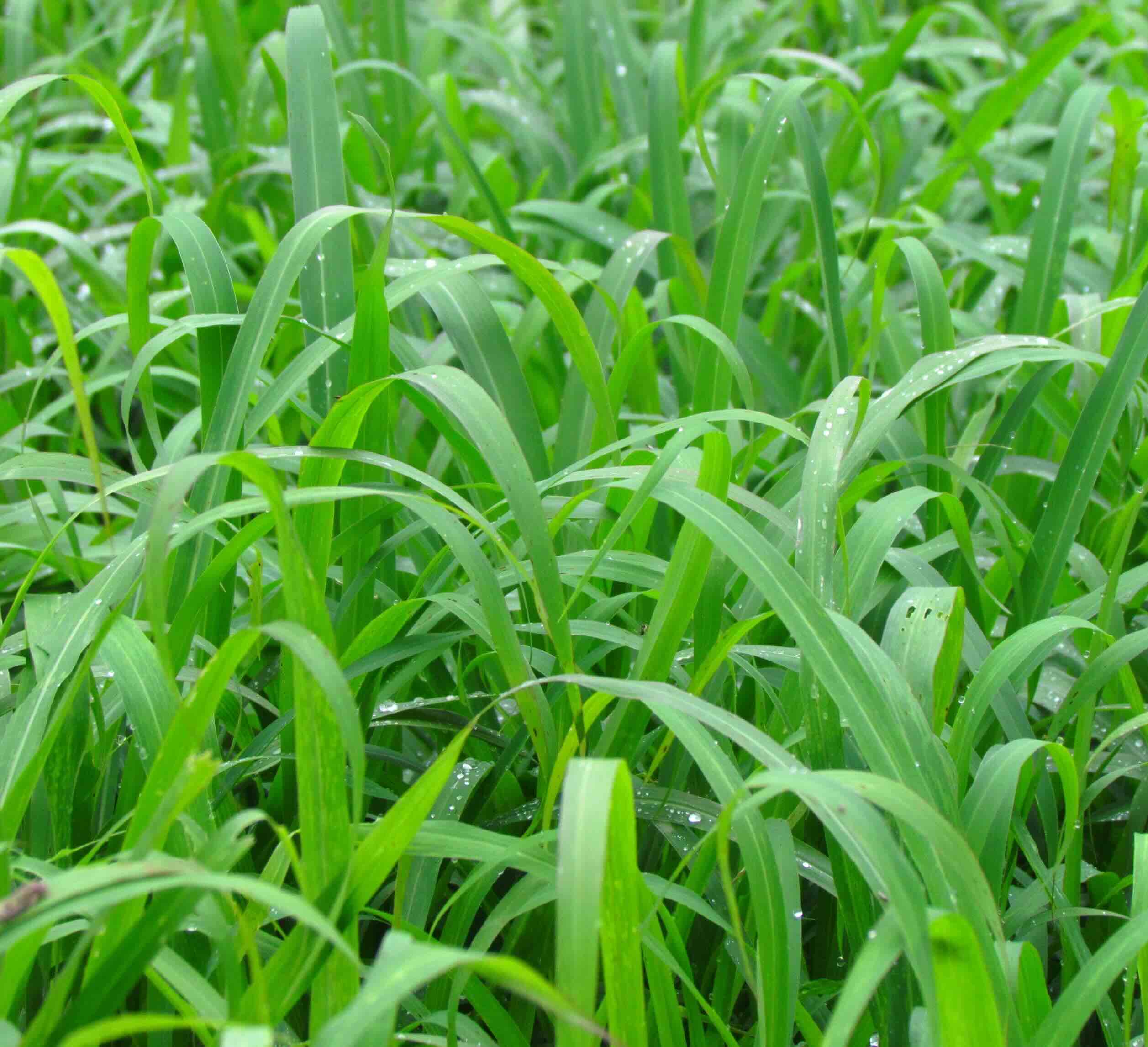
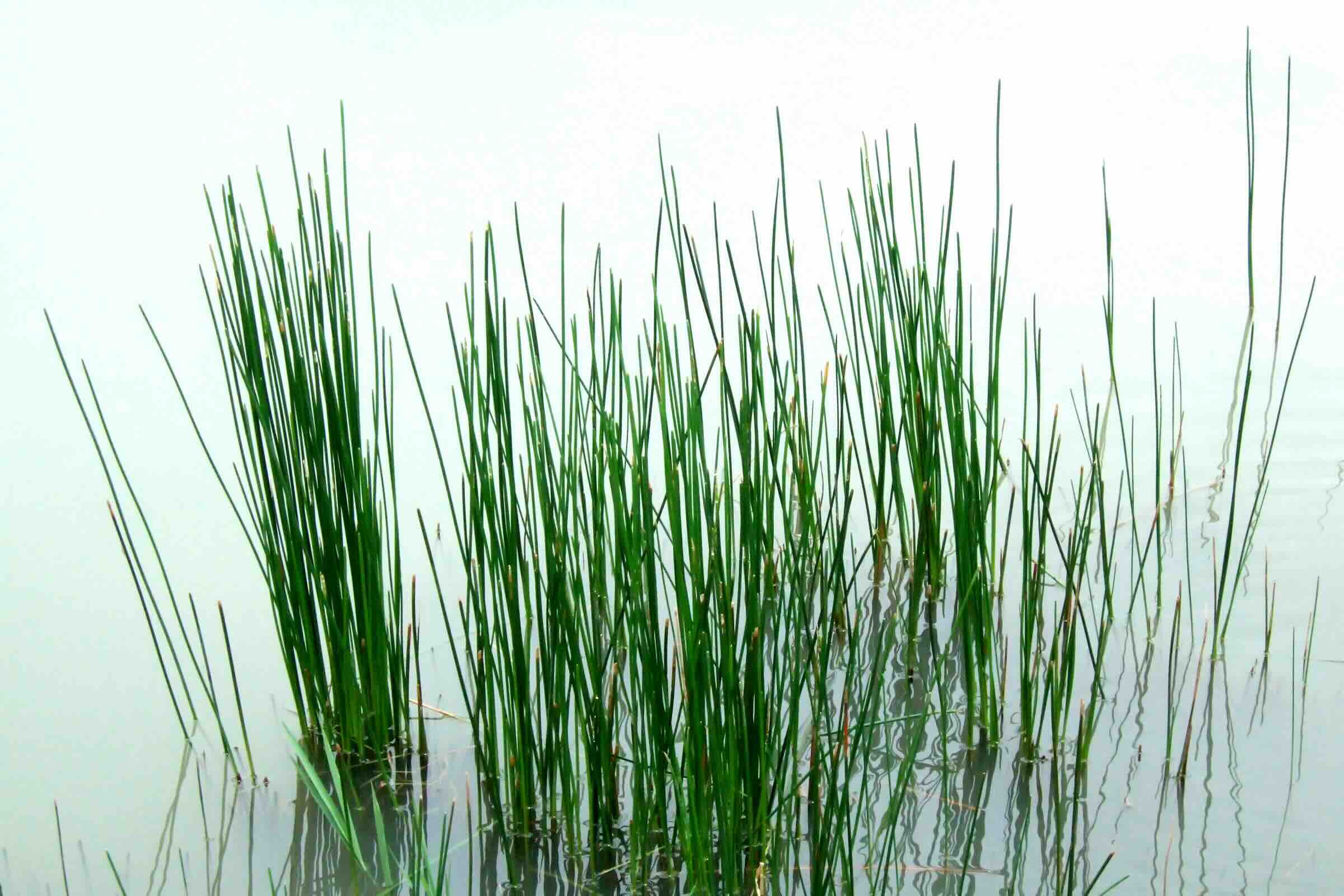
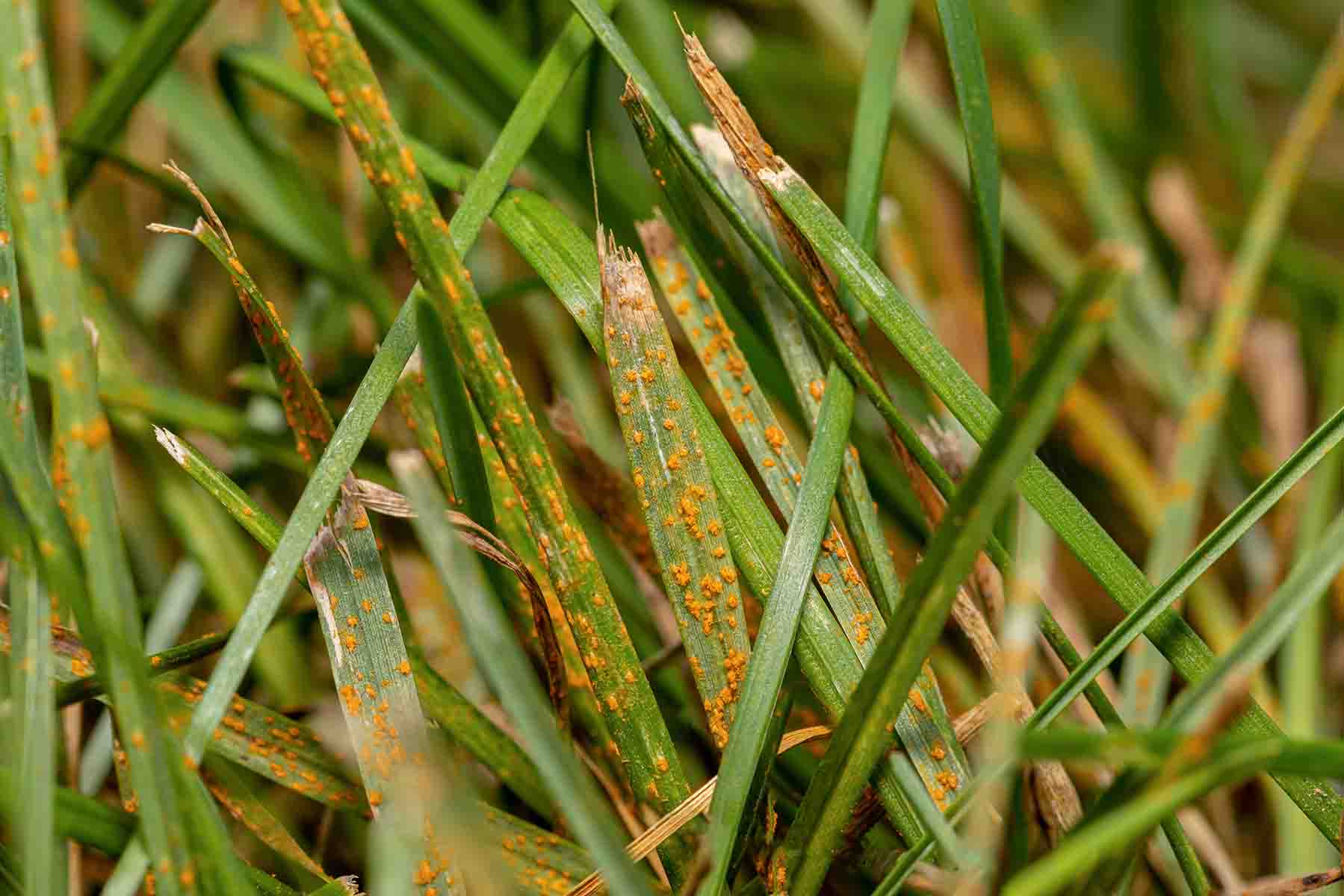

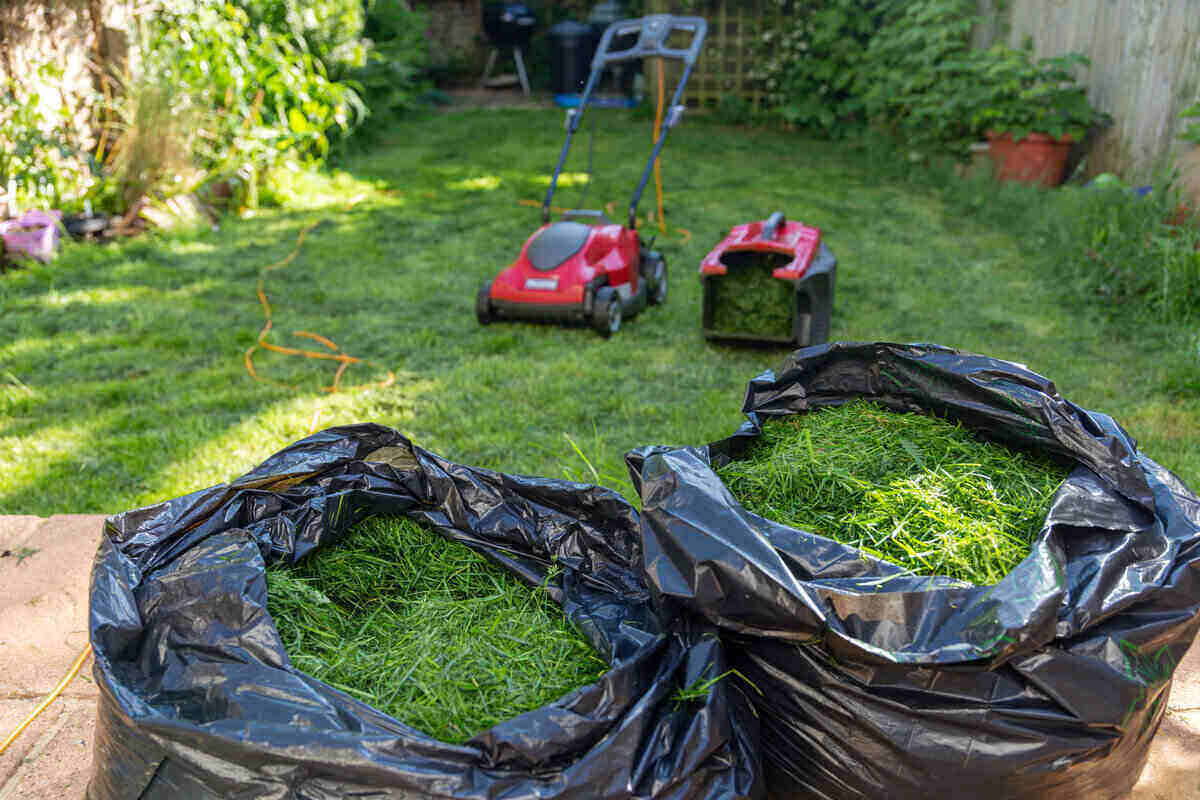
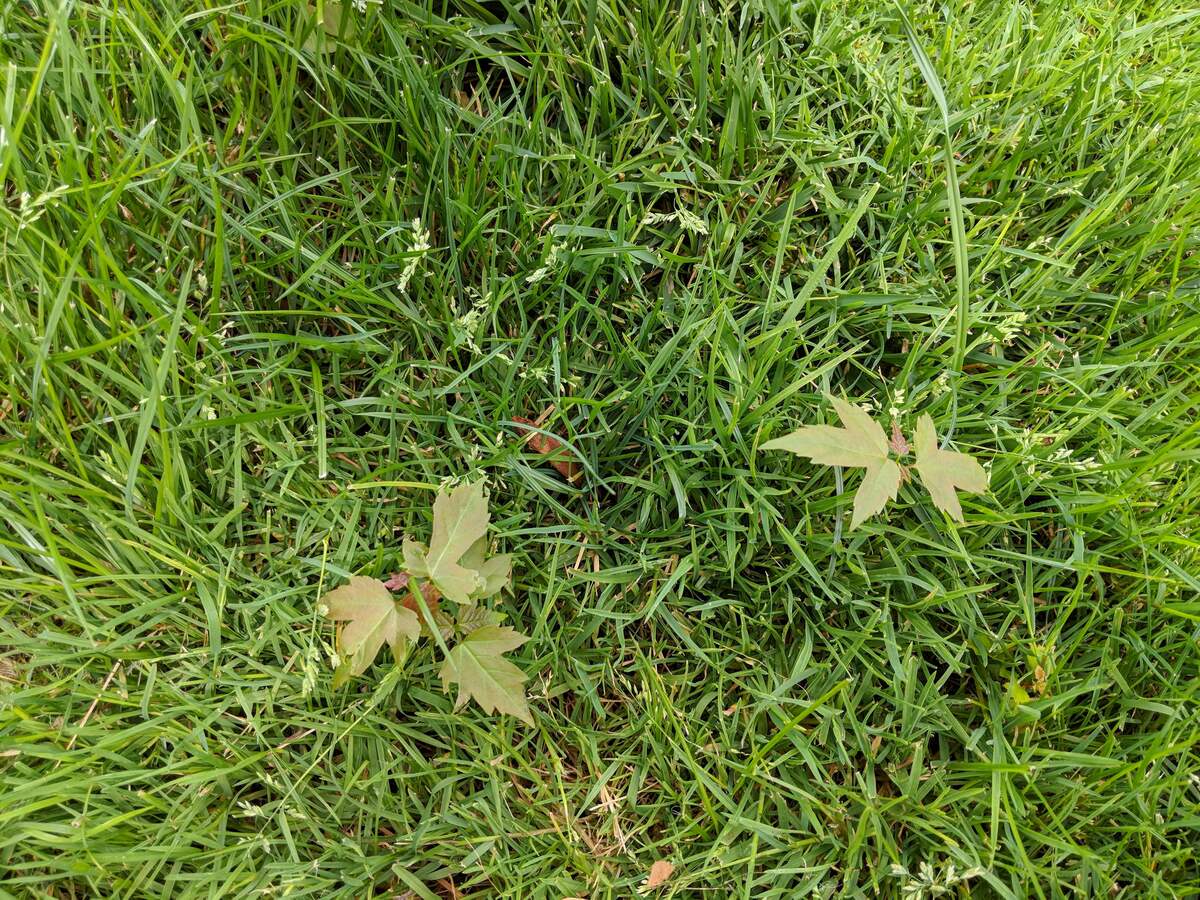
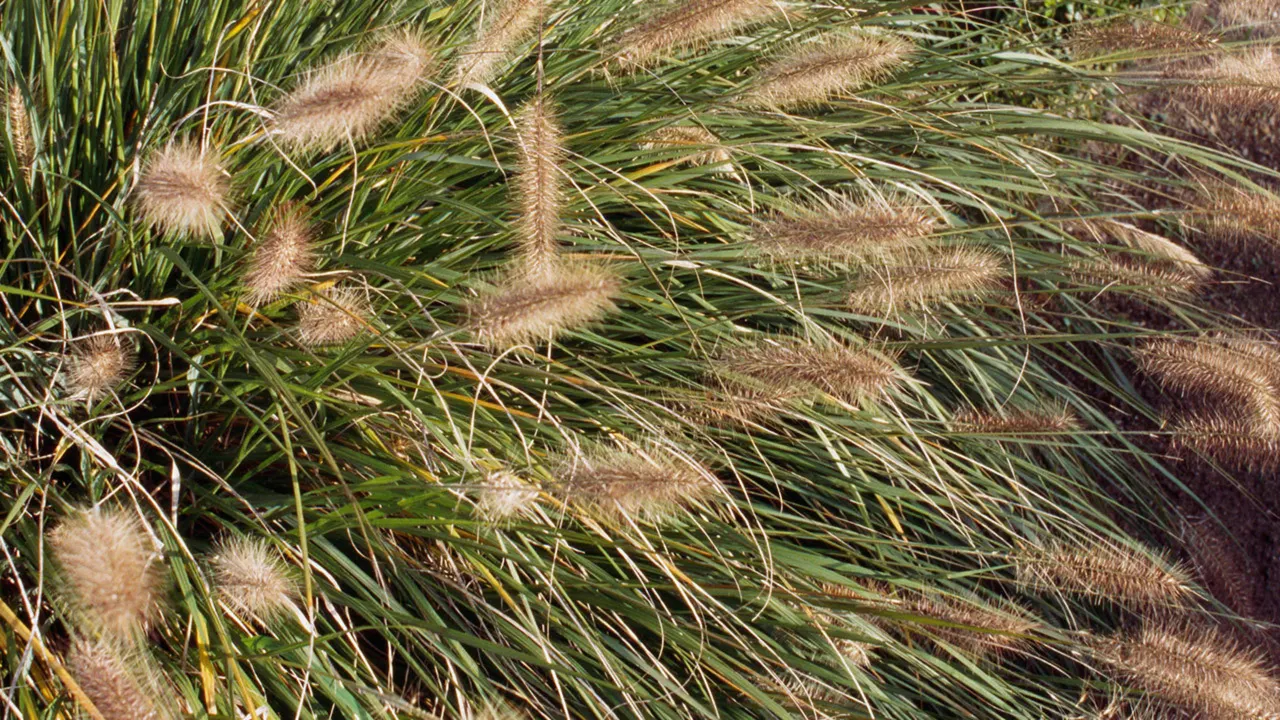

0 thoughts on “How To Get Rid Of Grass In A Pond”